Product Description
| Item | Specification |
| Internal dimension | 800W*800D*800Hmm |
| External dimension | 1300W*1000D*1700Hmm |
| Test sample | Size W20cm- L30cm-D15cm, weight 0.5kg |
| Chamber material | SUS304 Stainless steel |
| Specifications of square mesh sieve | Mesh hole 75um, mesh metal wire diameter 50um |
| Talcum powder amount | 2kg/ m |
| Airflow speed | No more than 2m/s |
| Door | Left open door with tempered glass door |
| Controller | PLC Touch Screen controller, programmable to set as below cycle: a. Blowing dust time (Stop/Blow) m/s b. Cycle time: can be adjusted c. Pre-set test time: 0s ~99m99s |
| Vacuum system | Pressure gauge, air filter, Pressure regulating FRL, connecting pipe, Vacuum pump |
| Vacuum pump capacity | 60-600 L/H |
| Fan | Centrifugal fan |
| Safety protection devices | Meter over-temperature function, Phase shortage protection, Power short-circuit protection |
Dustproof test equipment for electronic components is specially designed to evaluate the protective performance, durability and reliability of electronic components in dusty environments. This type of equipment ensures that electronic components can work properly in actual applications by simulating various dusty environmental conditions. The following are the main functions and features of the electronic component dust test equipment:
1. Functions
1.1 Simulation of dust environment
Dust type: The equipment usually uses talcum powder, silica sand, etc. as the dust source, and these materials can better simulate the dust in the natural environment.
Dust concentration: The dust concentration can be adjusted, usually between 2g/m and 4g/m, to meet the requirements of different test standards.
Dust Distribution: Through the airflow and vibration device, it ensures that the dust is uniformly distributed in the test chamber, simulating the real dust environment.
1.2 Simulation of different dust protection levels
IP5X test: Simulates an environment where a limited amount of dust is allowed to enter, and evaluates the performance of electronic components under conditions of incomplete dust protection.
IP6X test: simulates a fully dust-proof environment and evaluates the performance of electronic components under fully dust-proof conditions.
1.3 Temperature and Humidity Control
Temperature control: Some devices are equipped with a temperature control system that can simulate dusty environments under different temperature conditions, usually ranging from -40 to +150.
Humidity control: some equipment is equipped with humidity control system, which can simulate the dust environment under different humidity conditions, usually the humidity range is between 10%RH and 98%RH.
1.4 Airflow control
Airflow speed: the airflow speed can be adjusted, usually between 0.5m/s and 10m/s to simulate different wind speed conditions.
Airflow direction: the airflow direction can be controlled to simulate the flow of wind and sand in different directions.
1.5 Test Time Control
Programmable control: The test time can be programmed and controlled up to hundreds of hours, the specific time is set according to the test standards and customer requirements.
2 Features
2.1 High precision control
Precise control of dust concentration and airflow speed: Ensure the stability and consistency of the testing environment and improve the accuracy of the test results.
Precise control of temperature and humidity: simulate various environmental conditions to meet different testing needs.
2.2 High degree of automation
Automated operation: the equipment is usually equipped with PLC control system, which can realize automated operation, reduce manual intervention and improve testing efficiency.
Remote monitoring: some of the equipment supports remote monitoring and data transmission, which is convenient for users to monitor the testing process in real time.
2.3 Multifunctionality
Multiple testing modes: different types of dust environments can be simulated, such as sand, dust, etc., to meet the testing needs of different products.
Comprehensive testing capability: not only can it carry out dustproof testing, but also simulate the testing of temperature, humidity, airflow and other environmental factors.
2.4 Safety and Reliability
Safety protection devices: the equipment is equipped with a variety of safety protection devices, such as overload protection, over-temperature protection, leakage protection, etc., to ensure safe operation.
Durability design: the equipment is made of high-strength materials with good durability and corrosion resistance, adapting to long-term high-intensity use.
2.5 User-friendliness
Easy to operate: the equipment is designed to be simple, with friendly operation interface, easy to start.
Convenient maintenance: the structure of the equipment is reasonably designed, easy to maintain and prolong the service life of the equipment.
2.6 Data Recording and Analysis
Data recording: the equipment can record various parameters in the testing process, such as dust concentration, airflow speed, temperature, humidity, etc., which is convenient for subsequent analysis.
Data analysis: Some of the equipment is equipped with data analysis software, which can analyze the test data and generate reports to help users evaluate product performance.
3. Application areas
Electronic components: such as integrated circuits, sensors, connectors, switches, etc.
Household appliances: such as refrigerators, washing machines, air conditioners, TVs, etc.
Communication equipment: such as cell phones, routers, switches, etc.
Automotive electronics: such as car navigation, car audio, car sensors.
Aerospace: such as avionics equipment, spacecraft electronic components, etc.
4. Precautions
Safe operation: the operator should wear protective equipment, such as dust masks, protective glasses and so on.
Equipment Maintenance: Regularly check and maintain the equipment to ensure its normal operation, especially the dust generating device and airflow control system.
Dust Recovery: Dust should be recovered in time after use to avoid environmental pollution.
Environmental control: Keep the test environment clean to avoid external dust affecting the test results.
The following are frequently asked questions about electronic component dust test equipment
Q1Dustproof testing of electronic components must meet IP5X/IP6X? Are there other standards?
A1:
-
IP ratings are common standards (e.g. IP5X/IP6X), but different industries may have additional requirements:
Automotive electronics: need to meet ISO 20653 (e.g. IP6K9K, dust protection + high pressure water spray).
Military equipment: refer to MIL-STD-810H Method 510.7 (sandstorm simulation).
Industrial controls: may need to incorporate IEC 60068-2-68 (dust + temperature and humidity cycling).
-
Selection of the standard is based on the actual application scenario of the product, e.g. desert environments need to be simulated with harsher dust concentrations and temperature conditions.
Q2: How to choose the dustproof test equipment suitable for micro electronic components (e.g. chips)?
A2:
-
Equipment requirements:
Small test chamber (50L) to avoid dust waste and improve test accuracy.
Integrated microscope or camera for real-time observation of dust intrusion path (e.g. ESPEC LTB series).
Supports ultra-fine dust (10m) and static electricity protection.
-
Q3: Is it definitely unqualified if there is dust residue inside the electronic components after testing?
A3:
-
The judgment is based on the standard:
IP5X: Trace amount of dust is allowed to enter, but need to ensure that the function is not affected (e.g. resistance change 5%).
IP6X: Strictly prohibit the entry of dust, the weight of internal dust should be 0.1mg/cm.
-
Q4: How to avoid static electricity damage to electronic components during dust testing?
A4:
-
Protective measures:
1.
Use conductive material for the inner wall of the test chamber and ground it.
2.
Control humidity 30% RH to reduce static buildup.
3.
Use anti-static talcum powder (surface treated with anti-static).
4.
Q5: Does the dust test equipment need to be calibrated periodically? How long is the calibration cycle?
A5:
-
Items must be calibrated:
Dust concentration sensor: every 3 months to ensure error 5%.
Vacuum negative pressure system: every 6 months, calibrate differential pressure accuracy (e.g. 2kPa 0.2kPa).
Temperature and humidity sensors: once a year, refer to NIST standards.
-
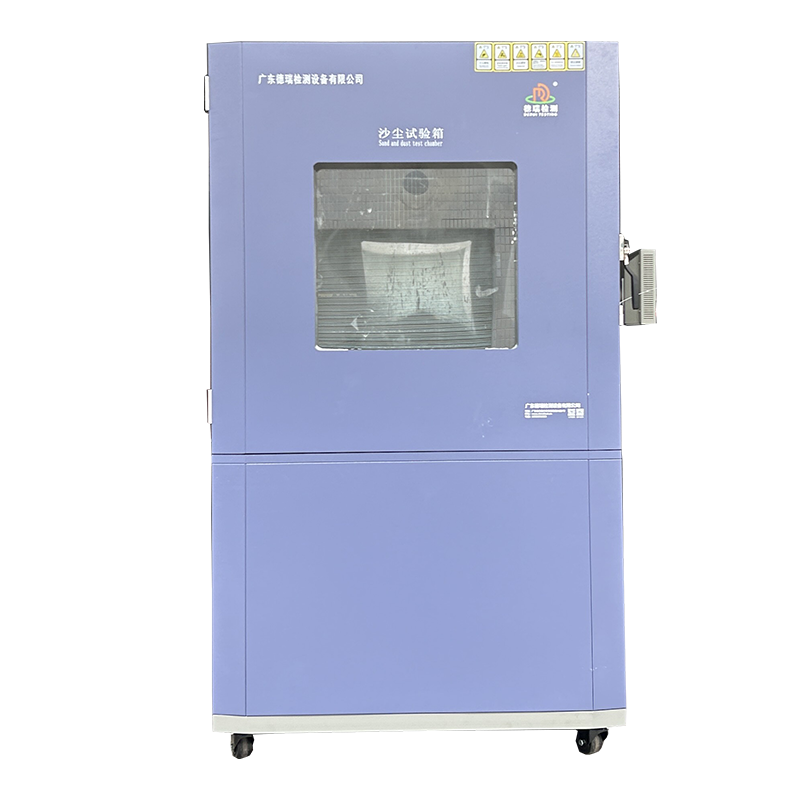




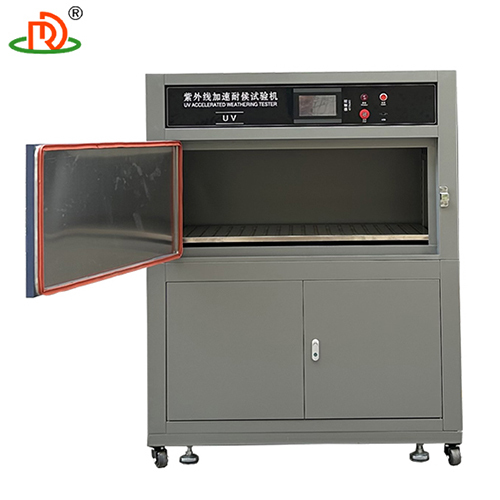
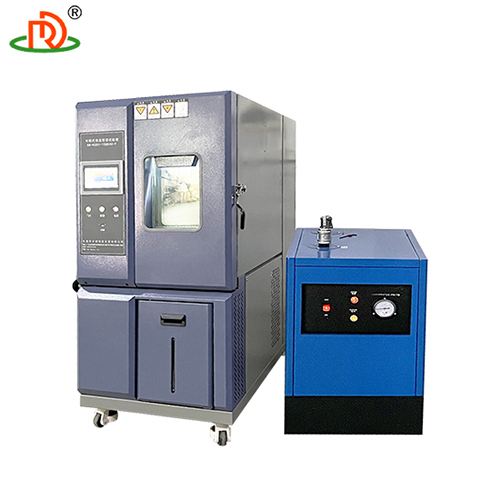
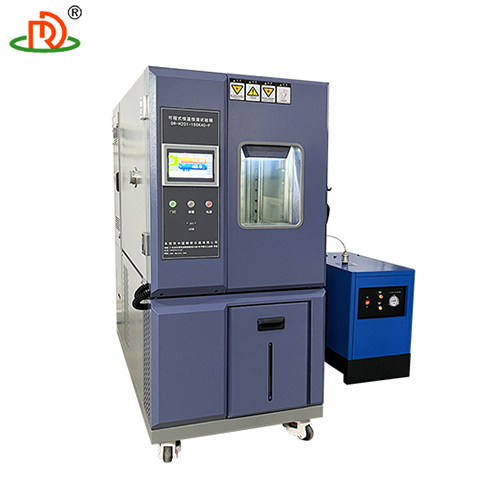
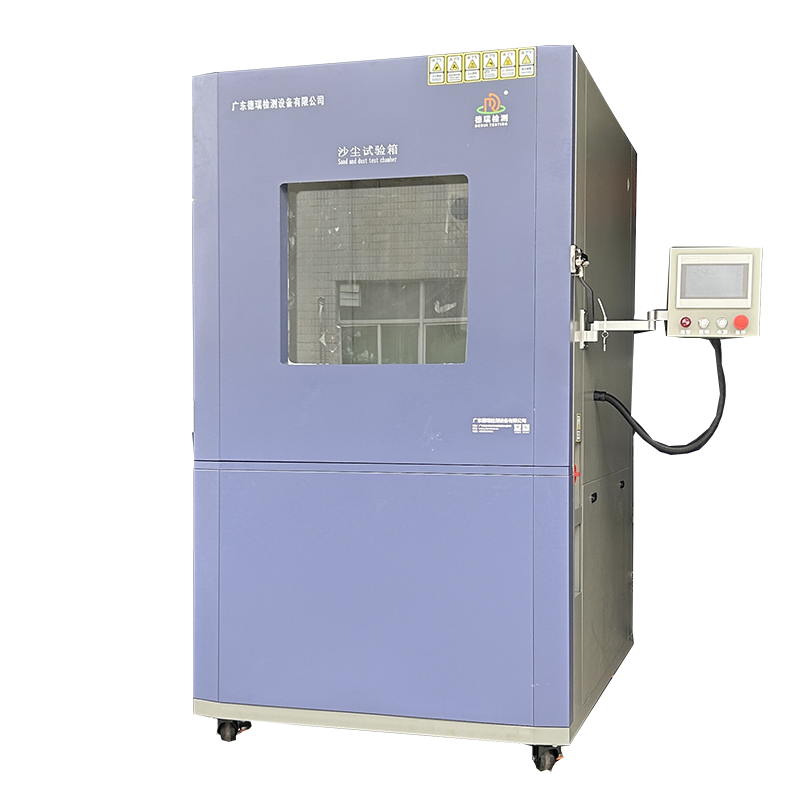

 English
English Spanish
Spanish French
French German
German Italian
Italian Chinese (Simplified)
Chinese (Simplified) Japanese
Japanese Korean
Korean Arabic
Arabic Portuguese
Portuguese